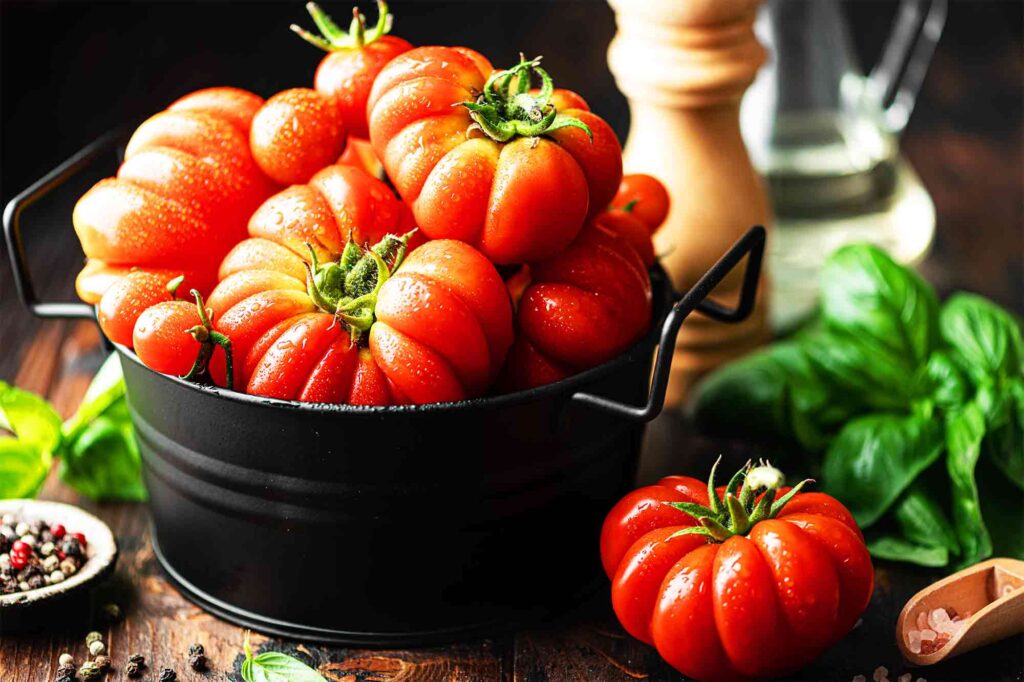"Tips for Adding Taste To Bland Tomatoes" can transform lackluster store-bought tomatoes. Discover how to enhance flavor using a simple ingredient found in every kitchen: salt.
The vibrant taste of ripe seasonal tomatoes stands in stark contrast to the dull, watery ones available in stores from fall to spring. Surprisingly, even these seemingly lackluster tomatoes can be significantly improved with a single kitchen staple: salt.
Easy and Amazing Minestrone Soup
Minestrone soup is an Italian soup very rich in vegetables and has a dense consistency and is often with the addition of pasta or rice, or both.
In just a matter of minutes, salt can coax tomatoes to release their juices, resulting in less water content, more aromatic profiles, and enhanced flavors. But there's more to this story. Salt has the ability to stimulate our salivary glands, prompting the production of saliva, which in turn elevates our taste perception. Additionally, salt can mitigate bitterness, resulting in sweeter tomato flavors and harmonizing taste contrasts.
Moreover, even a modest amount of salt can assist in reducing acidity. Achieve this by using table salt, sea salt, or integrating salted elements like pickles, anchovies, or slightly salty bacon into your tomato dishes.
Meatball & Tomato Soup Recipe
This Meatball Soup with Tomatoes is a great hearty comfort food dinner for any time.
Juicy meatballs served up in a thick tomato soup – all made in one pot!
The 5 Guidelines for Combining Salt and Tomatoes
1. Drain Tomato Juice from Salads
If you frequently incorporate tomatoes into salads, you're likely familiar with the pool of tomato juice that gathers at the bottom of the bowl, diluting the overall flavors. The solution? Dice the tomatoes, place them in a sieve or colander, and sprinkle salt. Allow them to sit for 15-20 minutes, then blend them with the other salad components. This process enhances the tomato flavor and ensures that the only liquid in the bowl is your preferred dressing.

2. Drain, Don't Dispose
Extend the same principle to tomatoes in any dish prepared more than 15 minutes before serving. During this interval, a puddle often accumulates at the base of the container. Instead of discarding the tomato juice, repurpose it for soups, sauces, or gravies.
3. Salt Tomatoes at the Last Minute
Refrain from salting tomatoes immediately after slicing. Account for their innate juiciness and season the vegetables just before serving or integrating them into a dish. This tactic brilliantly elevates sandwiches, bruschettas, caprese salads, and more.
Homemade Salsa Recipe
This guide will show you how to make the best homemade salsa from scratch with the best ingredients.
4. Salt Tomatoes Before Roasting or Dehydrating
Even if you pre-roast tomatoes, it may not suffice to prevent excessive water content. To intensify the tomato's flavor, slice and salt them. For cherry tomatoes, halve them and season each portion with a pinch of salt. Arrange these pieces on multiple layers of paper towels, preferably with the flesh side facing down. Allow them to rest for 15-20 minutes, then gently blot them with clean towels before placing them in the oven. This swift "salting" process modestly extends cooking time but safeguards against excess liquid accumulation.

5. Opt for the Right Salt and Amount
When simply draining or preserving tomato juice, choose non-iodized table salt with a medium or coarse grind. For every 500 g of tomatoes, a heaping teaspoon should suffice. Sea salt contributes a vibrant sweet note and can even subtly alter the texture of exceedingly watery tomatoes. Renowned culinary experts assert that regular table salt cannot achieve this feat.




